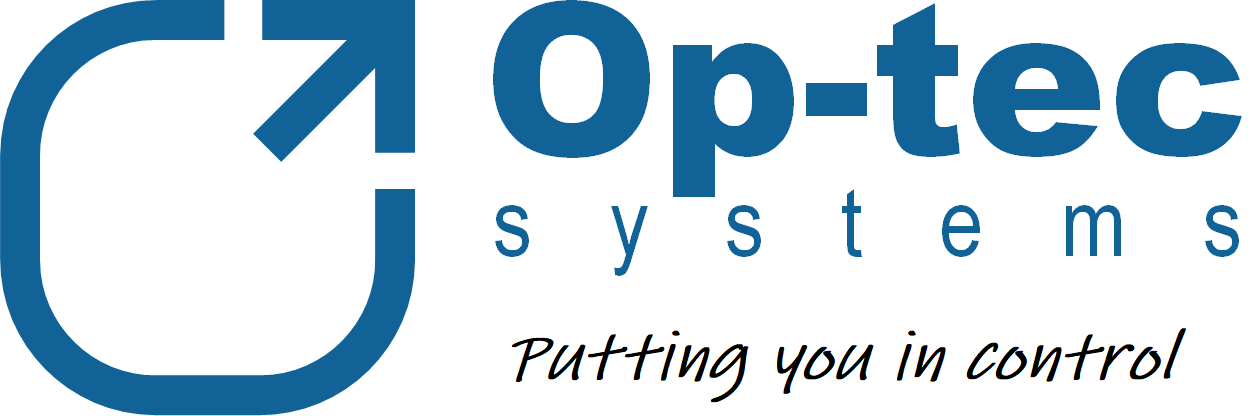For many of us looking to upgrade our long loved (or hated) incumbent control systems fills us with both excitement and concern. Excitement because we always feel that something new will be better than something that is old, but concern because we always wonder whether the replacement system will meet all of our expectations.
Having worked in automation longer than I care to remember I’ve seen this situation countless times. Often, customers are only too keen to race ahead and get a replacement system only to suffer disappointment that the new system did not solve all their problems and deliver the improvements that they desired.
So why is this? Well there are a number of reasons which when you think about it are quite obvious but rarely heeded!
Reason 1: Lack of Documentation - The existing system operation was not monitored or documented on how it originally worked prior to the upgrade. This is a huge mistake because neglecting to carry out an inspection and review how the existing system operates could mean that the existing functionality is lost and this could be extremely expensive when commissioning begins. This situation arises when the system documentation is not kept up to date and often occurs when changes are made on the fly or in the heat of the moment and without the necessary change control procedures in place. So you might think that how a system operates is obvious where you simply watch it, watch the operator does and that’s it. Unfortunately, this is seldom the case. An analogy is a printed circuit board containing microprocessor chips, memory ICs, capacitors and resistors, etc. – do you think you could tell me exactly how it functions? No of course not and its similar with control systems where you really need to look under the hood to understand how the software operates – especially under fault conditions. This leads me to the next reason that is so often overlooked.
Reason 2: Purpose - What helps enormously in replacing an existing system is the unambiguous purpose. Once we understand the purpose we begin to ask all sorts of questions we must be aware of and that may well have changed since the system was initially installed such as the Environment (does the system have to be IP66 rated or ATEX rated etc) are there safety issues to consider (e.g. manual operations where operators must be safe from any moving parts?), does the system need to communicate with other parts of the company (e.g. ERP Systems, 3rd Party Equipment etc)?. Not only this but we must also understand if there are any requirements in terms of speed of operation, productivity rates etc. Then of course the issue of functionality must be carefully documented e.g. the order of preparation in a chemicals manufacturing plant, in-flight considerations, PID control, Alarms, Interlocks and the HMI (Human Machine Interface).
Reason 3: Cheapest Price Wins - As the old saying goes ‘You get what you pay for’. In automation this is undoubtedly true and really companies should be very careful here to ensure that the system that they are getting will provide both the existing system functionality plus the new functionality required and according to current standards and regulations. Many suppliers play the game of providing a so called ‘fixed’ price for replacing an existing system only to result in a list of variations as long as your arm. To avoid this you should make sure that the existing operation is understood (getting back to Reason No 1). You can either do this yourself if you have the inhouse skills and resource or use an external control systems supplier that you can trust.
Reason 4: Vendor ‘Lock In’ - By Vendor ‘Lock In’ we mean that you as a customer have little alternative but to report back to the initial OEM Vendor whenever you want to add, change, or upgrade your system. This situation often arises when a Vendor is supplying multiple sections of the automation stack (e.g. Control System, MES, Data Historian) and where the Vendor has chosen to use proprietary interfaces forcing you to use their systems. So be mindful of this issue and consider a system that utilises ‘Best in Class’ systems and components that interface and communicate with each other using Open standards. Furthermore, look into the concept of the Unified Name Space where additional systems can be easily added as they communicate via a common Data Pool.
Finally, once you have considered the above it is worth looking into the maturity and life expectancy of prospective systems. In this respect you don’t want to invest significant investment in a system that you find is immature (and prone to faults) or at the other end of the spectrum in a system that is at the end of its development lifecycle where any future improvements or developments will not occur as the vendor is more interested in the development of new systems to sell to their customers.
For more information follow the link below to the Services section of our website where you can learn more about the help we can offer on this topic and many others relating to industrial process and manufacturing automation.

